Classic cargo ships on the St Lawrence river
Posted by Chris Graham on 15th May 2023
Jim Shaw looks at some of the cargo ships which called at the Canadian port of Montreal in the post-war era.
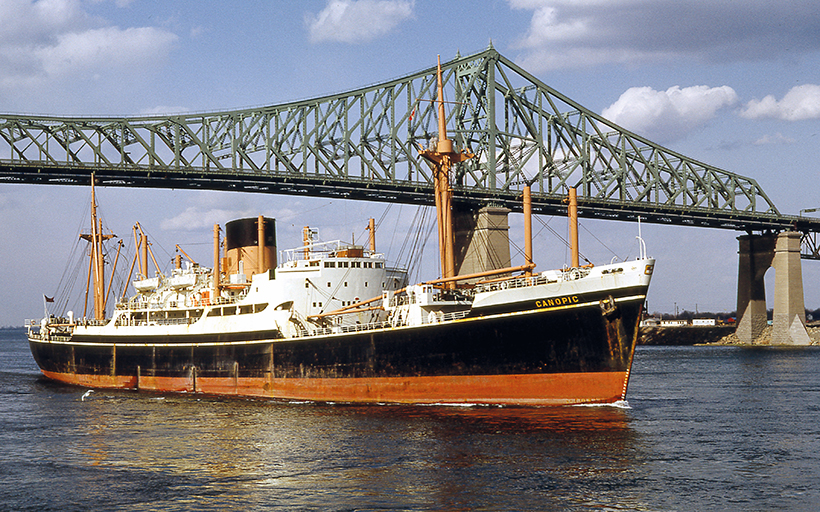
Shaw Savill and Albion’s 10,902grt Canopic, completed by Vickers-Armstrong in 1954 as the final of five C class sisterships, passing under Montreal’s Jacques Cartier bridge in 1965, a decade before her sale to Cypriot owners to become Capetan Nicolas. (All photos from the HJ Stott collection)
The Port of Montreal, located on the upper reaches of the St Lawrence River 990 miles inland from the Atlantic Ocean, is Canada’s largest eastern port, and currently handles over 2,000 cargo ships and 34 million tonnes of cargo a year.
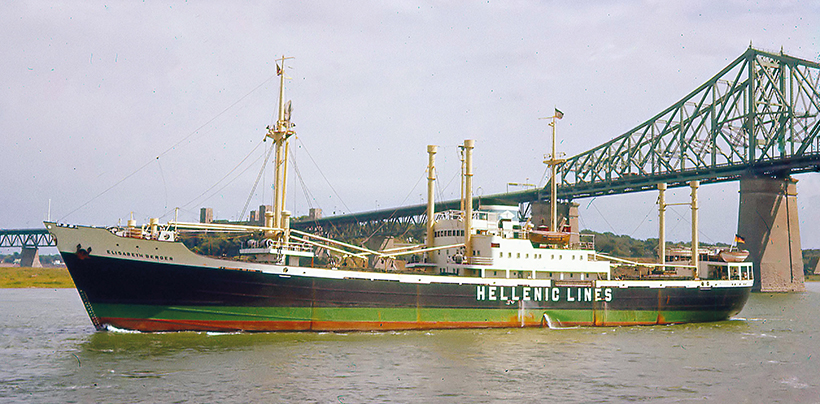
The German-flagged Elisabeth Berger was completed by Weser Seebeck at Bremerhaven in 1954 for Bremen-based Aug. Zedler, but is seen at Montreal in 1961 under charter to Hellenic Lines. She was broken up at Gadani Beach in 1987 after sailing under the names Antony, Angie Baby and Reem II.
The first permanent wharves at the port were built by the Harbour Commission in 1830, and stretched over 1,430m (4,691ft) in length by 1832, while the main shipping channel was deepened to 7.5m (24.5ft) in 1883, then to 10.7m (35ft) in 1910.
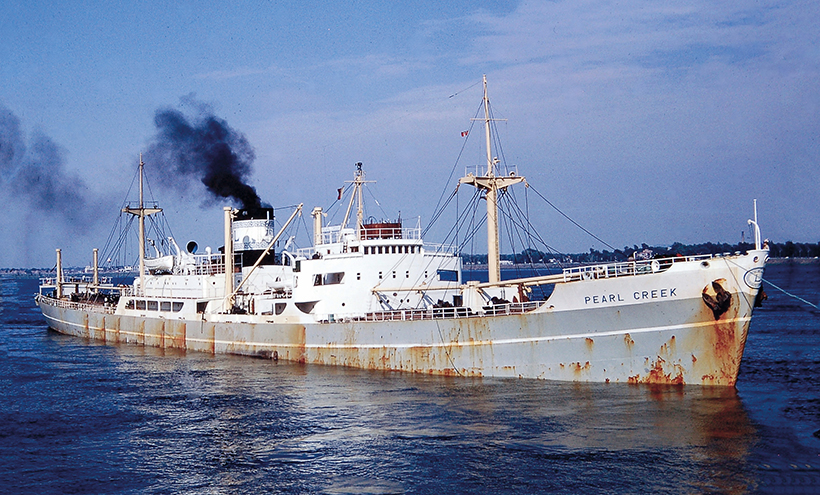
Built by Hawthorn Leslie for the Monrovia Shipping Co of Liberia in 1958, the 8,465grt Pearl Creek spent most of her life under Greek ownership, becoming Leodamas Maritime Co’s Leodamas in 1974, only to be lost five years later when heavily damaged in the Gulf of Suez as Zinovia and later broken up at Gadani Beach, Pakistan.
After World War II, more than 25 steamship lines were serving Montreal during the ice-free months and, in 1962, government-owned icebreakers began keeping the channel open between the port and downriver Quebec City intermittently. Year-round navigation was inaugurated in 1964.
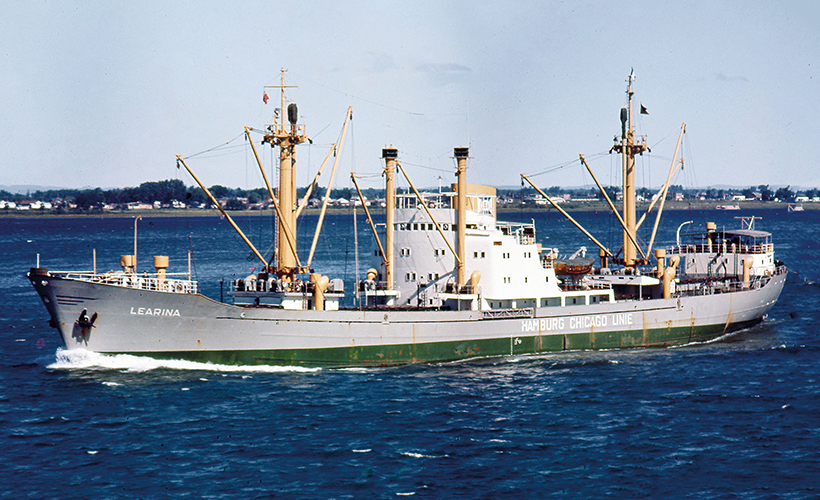
Operating under the short-lived banner of Hamburg Chicago Line, formed in 1952 by Hamburg-based owners Reederei A Kirsten and Sartori & Berger, the 5,104grt Learina was completed by Germany’s HC Stulcken Sohn yard in 1958 and broken up at Split, Yugoslavia, in 1984 after sailing as Lambda, Beta and Alexandroupolis.
Three years later, the first containers were being moved and, by 1968, Canada’s first container terminal had been built at Montreal. By 2000, the port was handling more than a million containers annually across three international and one domestic facility, all connected to the Canadian hinterland by road and rail.

The 1953-built Lovisa Gorthon, like many smaller ships trading into the Great Lakes prior to the completion of the new Seaway locks in 1959, was stretched from 96m to 102m once the larger locks were completed, increasing her capacity from 3,525dwt to 4,790dwt, but was sold in 1970 and broken up a decade later.
Although Montreal’s growth has been dramatic, most ship enthusiasts consider the post-war period between the 1950s and 1970s to be the Canadian port’s ‘golden years’, when conventional cargo ships were still being employed and most hailed from the UK.
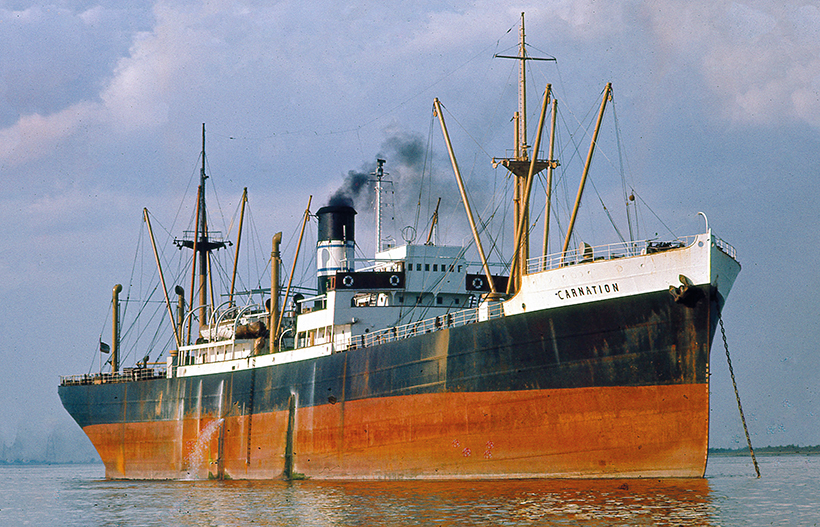
Already an elderly ship when this photograph was taken in 1963, the 4,811grt Carnation had been built as Sheaf Holme for Newcastle’s Sheaf Steam Shipping Co by the William Pickersgill & Sons yard at Southwick, in 1929. She also sailed under the names Dusternbrook and Bonanza before being broken up at Valencia, Spain, in 1965.
During this period famous British names, such as Houlder Line, Manchester Liners, Cunard, Port Line and Ellerman, were seen on the river regularly, as well as some of Europe’s leading companies and the occasional eastern tramp calling for grain.
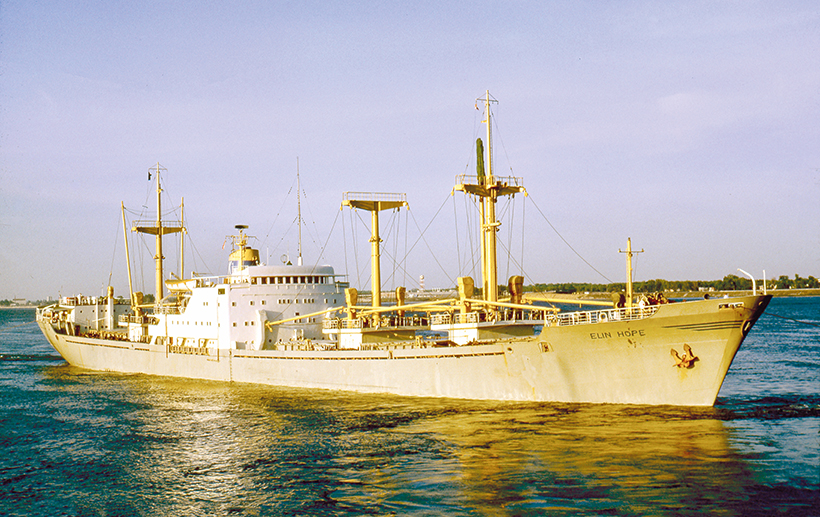
The 9,139grt Elin Hope was completed by Holland’s Scheepwerft De Hoope in 1961 for Norway’s A/S Inger and, after a decade of trading, was sold to Yick Fung Enterprise Company of Hong Kong to become Fuchunkiang, before passing into the fleet of China’s rapidly growing China Ocean Shipping Company as Xin Ming.
Marine photographer Harry J Stott was resident in Montreal during this historic era, and managed to photograph a great many of the conventional vessels then sailing on the St Lawrence, including several built before World War II. Although the breakbulk ships remained in the majority, by the time the Canadian city hosted the International and Universal Exposition or ‘Expo’ in 1967, they were largely gone by the mid-to-late 1970s, as container-handling had taken over cargo services.
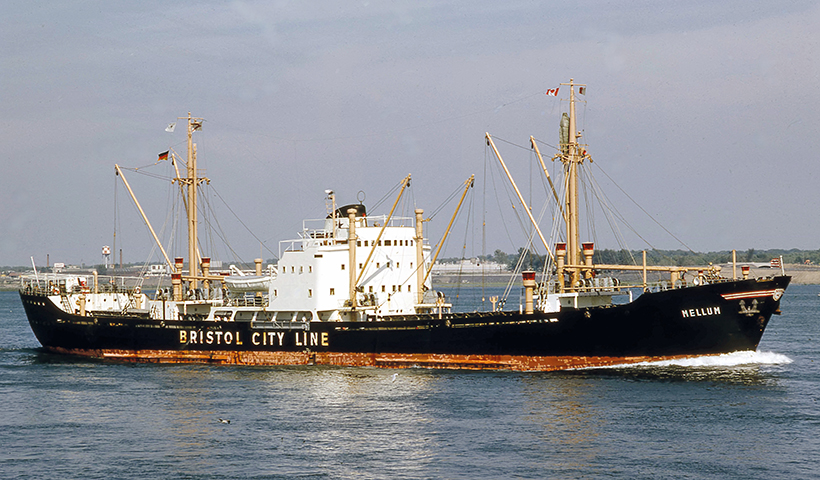
Seen in 1965 while under charter to Bristol City Line, the 3,401grt Mellum was completed by Germany’s Elsflether Werft at Elsfleth in 1957 for Glassel & Company of Bremen and, after being sold to the Pakistan National Shipping Corporation in 1967, was broken up at Gadani Beach as Panjnad in 1979.
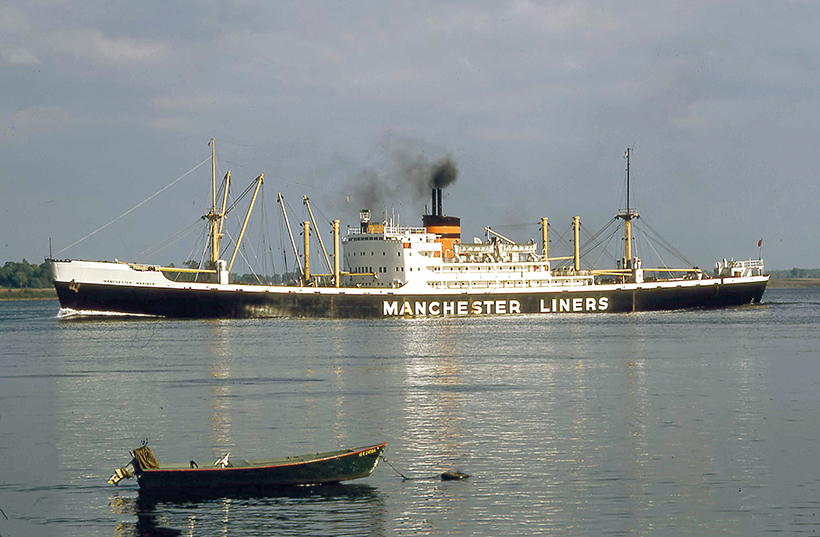
Well down to her marks, Manchester Liners’ 7,815grt Manchester Spinner was completed by Cammell, Laird in 1952 and sailed for Manchester Liners until being sold to Stravelakis Brothers of Piraeus, Greece in 1968, only to be lost to an explosion and fire three years later, while sailing from the Gulf of Mexico to Brazil with a cargo of phosphate.

The jaunty-looking 1,595grt Prins Frederik Willem upbound for Montreal on the St Lawrence in 1959 after being completed by Holland’s De Merwede yard in 1951 for Anthony Veder & Company’s transatlantic Oranje Lijn service. She was lost as the Italian-owned Michele Garofano at Benghazi, Libya, in 1977, the result of running aground in heavy weather.
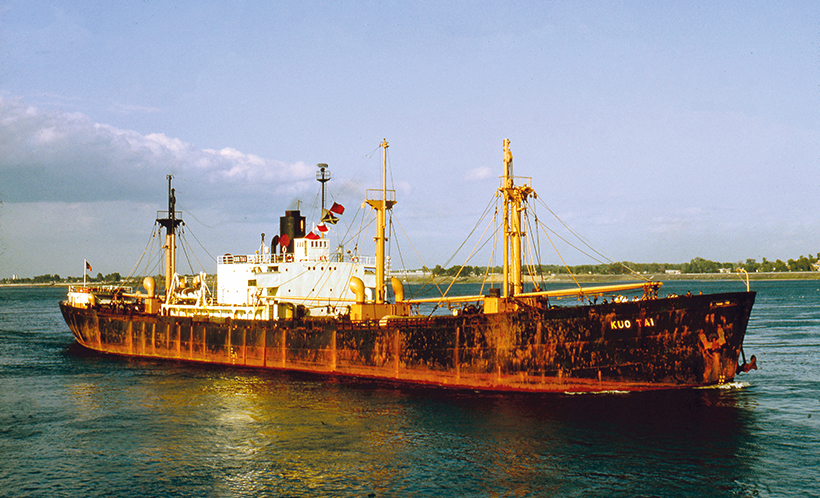
One of several Liberty ships still trading into Montreal during the 1960s for grain cargoes, the 10,856dwt Kuo Tai was built in 1944 by the Bethlehem-Fairfield Shipyards at Baltimore, Maryland, as Warren Delano and, after the war, was operated as Seachampion, Champion, Konstantinos V and Silvania before being acquired by Hong Kong’s Eddie Steam Ship Company in 1964 and scrapped two years later.
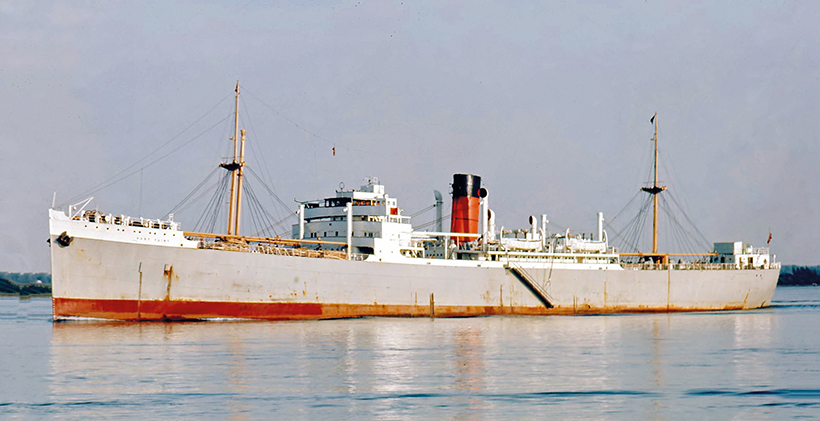
A noble-looking ship of the past, the 7,980grt Port Fairy was completed by Swan, Hunter & Wigham Richardson in 1928 for the Commonwealth & Dominion Line, later to become Port Line and, in World War II, managed to slice her escorting destroyer, HMCS Margaree (ex-HMS Diana), in two while she was operating with convoy OL8. The destroyer was lost, but the cargo ship managed to survive until 1965, when she was broken up at Hong Kong as Tai Shikan.
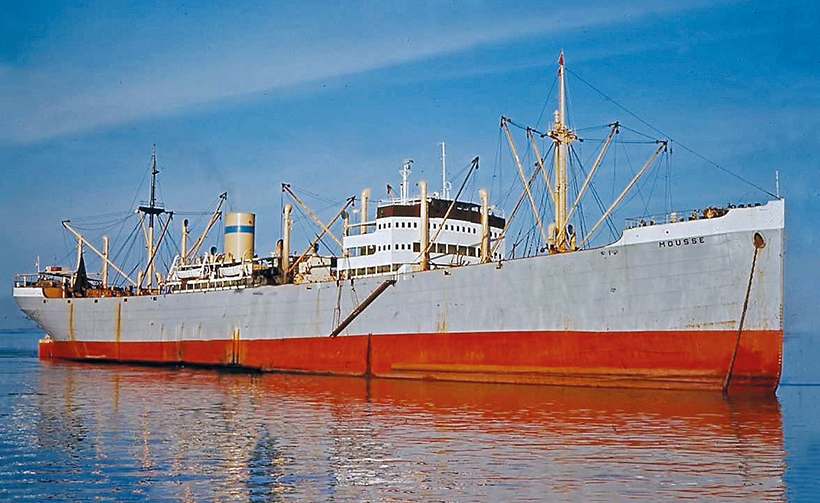
Bearing a profile little changed from her original construction as Tai Yang for Norway’s Wilh. Wilhelmsen in the late 1920s, the 6,751grt Mousse, pictured in 1962, was broken up at Shanghai in 1970, 41 years after her completion by Germany’s Deutsche Werke as the first of a series of 10 near-identical motorships destined for Barber Steamship Co’s pre-war service between New York and the Far East.
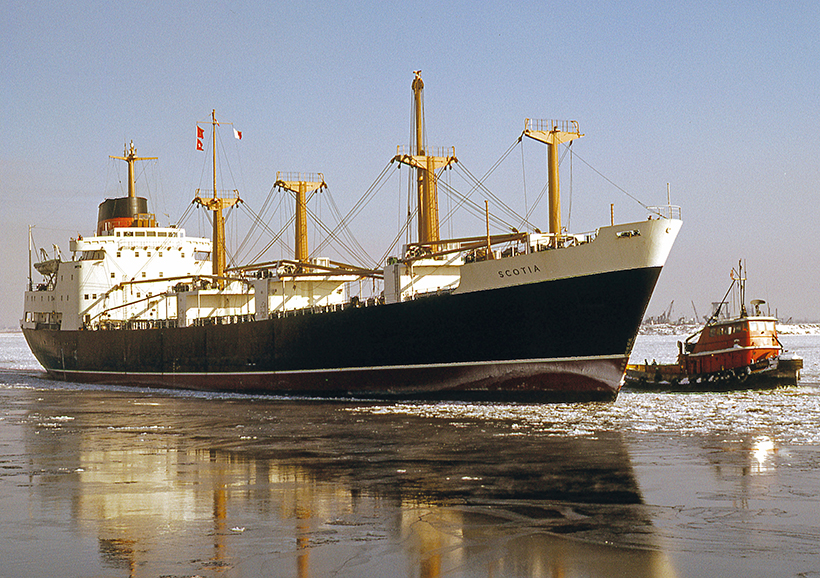
Completed by Cammell Laird in 1966 with ice-strengthened bows specifically for working Cunard’s St Lawrence River service, the 5,837grt Scotia, operating under charter from United Dominions Leasing, approaching Montreal on her maiden visit in January 1967, three years prior to her sale to Singapore’s Neptune Orient Lines as Neptune Amber, after which the British-built cargo liner was scrapped at Bombay, India in 1984 under the name Sri Kailash.
This feature comes from the latest issue of Ships Monthly, and you can get a money-saving subscription to this magazine simply by clicking HERE

Previous Post
Exciting tractor, machinery and implement auctions this month!
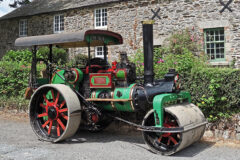
Next Post
Interesting roller at Morwellham Quay Living History Village



